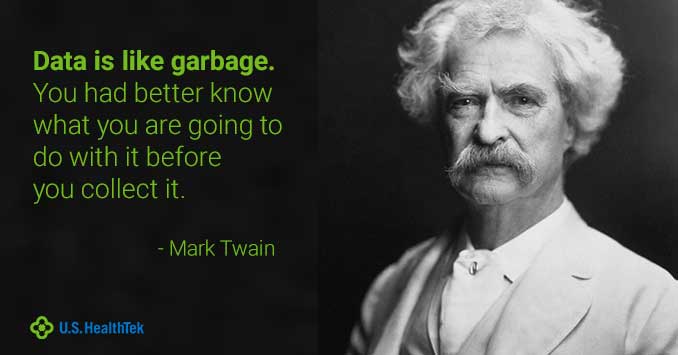×
- Healthcare & Hospitals
- Healthcare Vendors
- Laboratories
- Certifications
- Cloud Data Exchange
- Data Translations
- FulCRM: CRM Solution
- Health Portal
- Interface Management
- LIS/LIMS Performance Plus
- LOINC® Mapping and Coding
- NOC Monitoring
- Online Directory of Services
- Project Management
- Reference Lab Test Mapping
- Supply Ordering Application
- Telecom Advocacy Program
- Virtual CIO
- Mergers & Acquisitions
- Software Development
- Resources
- About


